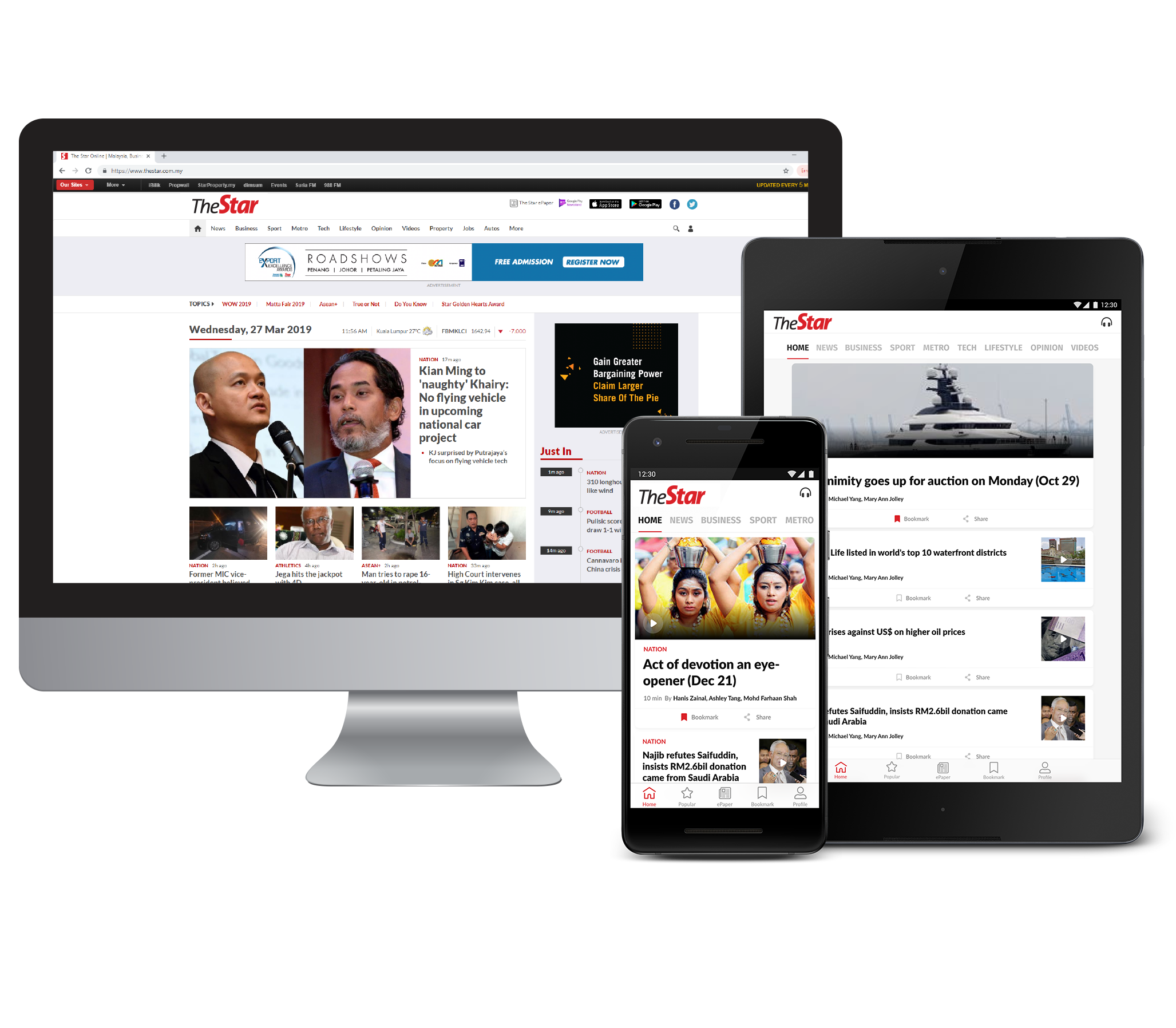A display in the front lobby at YouTube headquarters in San Bruno, California on June 18, 2024. On YouTube, major brands’ ads appear alongside racist falsehoods about Haitian immigrants, underscoring how difficult it can be to maintain brand safety online. — The New York Times
On YouTube, an ad for the car company Mazda appeared before a video that repeated the racist falsehood that Haitian migrants in Ohio were “eating ducks on the side of the road”. An ad for the software giant Adobe showed up alongside another video that claimed “people have had their pets abducted and eaten by people who shouldn’t be in this country.”
Even an ad for Vice President Kamala Harris, the Democratic nominee for president, was placed ahead of a video that spread the unsupported statement that migrants were “going to parks, grabbing ducks, cutting their heads off and eating them”.






